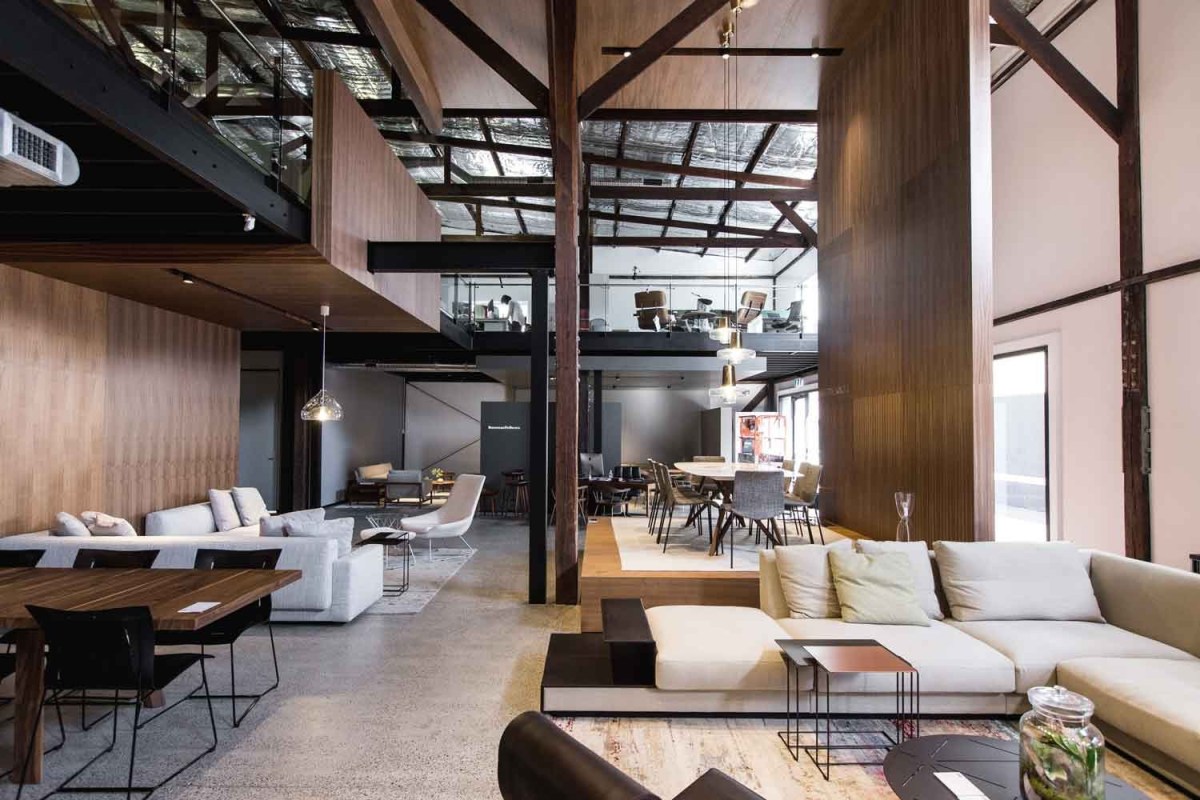During COVID-19, many businesses ramped up their digital offerings; reimagining the way they work through accelerated digital transformation to fit in with life’s new uncertain reality.
Physical retail, which was already going through a period of uncertainty, was thrown to a complete stand-still in the face of lockdowns and restrictions. Now, as the world begins returning to normality – businesses need to understand that things aren’t going to go back to the way they were before. In today’s hybrid world customers crave a consistent, seamless and convenient experience across the channel of their choice, whether online or in-store.
The impetus for hybrid retail
While ecommerce was increasingly becoming part of how retailers engaged with their customers prior to COVID-19, pushing their boundaries and forcing them to innovate – the pandemic then changed all of that from a ‘nice to have’ to a ‘must have’.
Australia Post’s Online Shopping Trends Report found that online shopping participation in Australia increased significantly in 2020. Around four in five households – that’s nine million – bought something online at some point in the year. The online share of retail spend hit 16.3 per cent (excluding cafes, restaurants and takeaway food), outperforming the pre-pandemic predictions of 12-13 per cent.
Customer expectations were altered forever too. KPMG’s Customer Experience Excellence Report identifies six pillars of customer experience excellence that retailers must keep in mind if they are to meet customers evolving expectations;
- Personalisation – driving emotional connection through individual attention
- Time and effort – creating frictionless processes
- Resolution – addressing customer problems
- Integrity – acting ethically and fostering trust
- Expectations – meeting and exceeding customer expectations
- Empathy – understanding customer’s situations
To deliver on these six pillars, businesses need to look at ways to use data to improve the customer experience across both physical and digital touchpoints.
Bridging physical and digital experiences with data
At Living Edge, we value our showrooms as important ground for our sales team to connect with customers in an impactful and meaningful way. For a long time, our showrooms were the primary facilitators for business transactions but it’s no longer good enough to have just a showroom. Retailers need to equip themselves with an online platform that recreates or better’s the physical experience of shopping – and creates a truly omni-channel approach for customers.
The pandemic and temporary closure of our showrooms meant we had to quickly shift to online and were forced to look at how we could create a great customer experience outside of the traditional showroom. We turned to Salesforce’s Commerce Cloud to develop a new online showroom that delivers personalised experiences for our customers and frictionless processes that meets and exceeds expectations.
The new website allows for 20 per cent more product listings and features a more inspirational browsing experience where customers can easily switch between home and professional views to find the right information specific to them.
In the first month after it went live, the site’s conversion rate was 290 per cent higher than the average for the three months prior and created an 82 per cent increase in revenue for the business.
While the new platform has delivered a positive business impact, the greatest benefit lies in its ability to capture real-time data from customers. We’re able to modernise how our sales team communicates with our customers by collecting and using our customers’ browsing and transaction data to provide them with a personalised experience that reflects their specific circumstances.
For example, our sales team can use customer interactions online to get a better understanding of their tastes and preferences so that when they come into a physical showroom they can make proactive suggestions that reflect their wants and needs such as for sustainable furniture.
The capabilities provided by the new platform also mean customers who visit our website can create a wish list which the sales team can use to make recommendations when the customer visits one of our showrooms.
The data can then also be used after point of sale in raising and resolving product issues – and beyond that can help inform business decisions on product performance and consumer trends.
From our perspective, now is the time for businesses to better integrate their online and offline retail mix, using the digital gains made last year to create seamless customer experiences. Connecting the physical and digital elements of business is the best way to leverage complimentary information and data to create a truly continual consumer cycle, which improves product decision making, sales team productivity and most importantly, customer satisfaction.
James Morton is chief financial officer and chief operating officer of Living Edge.

